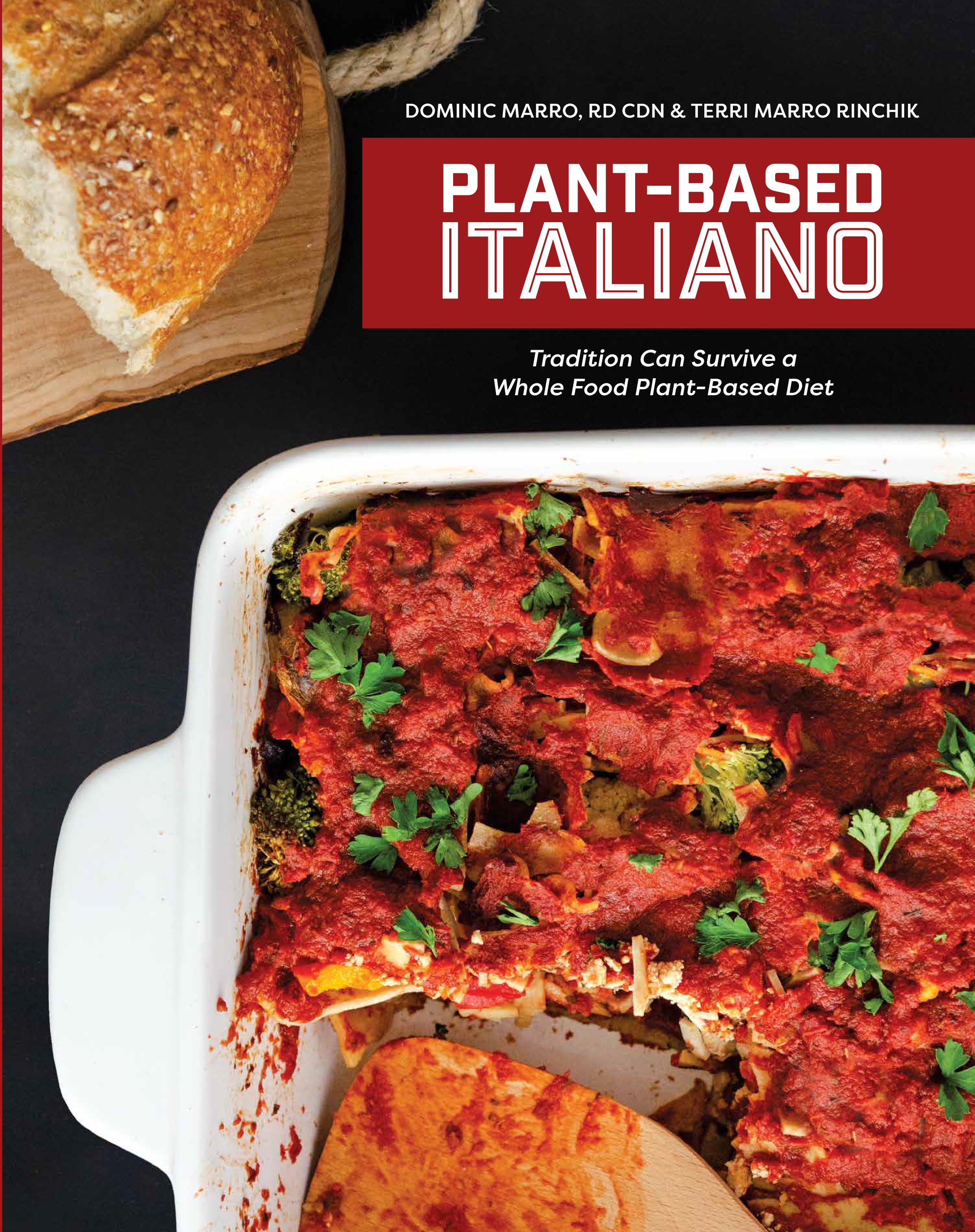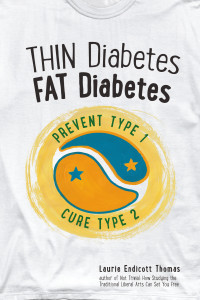
Bread Fit for A Chief
Someone who is dipping his toe in the Whole Food Plant Based (WFPB) pool (we’ll call him The Chief) recently emailed me this question: “What, if any, do you consider a healthy, store bought bread?”
The Chief has good reason to question the existence of a healthy store brought bread as many contain, added oils, added sugars, salt, various preservatives and zero whole grains. I wouldn’t recommend any such breads.
However, all hope is not lost.
My personal criteria require that bread contain at least some whole grains and contain no added fats/oils. I am not as strict about added sugars and preservatives so I sometimes purchase breads with these ingredients.
Ideally, my bread will be 100% whole grain with no added fats/oils, no added sugars and no added preservatives other than salt.
I live in the capital district region of upstate NY and luckily, I am able to buy some breads that meet my ideal conditions.
Before I share which breads I recommended to The Chief, I’d like to post a few thoughts about the inclusion of bread as part of a WFPB diet.
Start with Whole Grains. But Why?
Epidemiological studies have shown that regular consumption of whole grains and whole grain products is associated with reduced risks of various types of chronic diseases such as cardiovascular disease, type 2 diabetes, some cancers and all-cause mortality. It was believed that the primary component responsible for the health promoting properties of whole grains was dietary fiber. One of the reasons for this hypothesis was that whole grains did not appear to contain the abundance of health-promoting phytonutrients found in fruits and vegetables.
However, short-term clinical trials that have focused on fiber alone in lowering colon cancer risk, often to the point of giving subjects isolated fiber supplements, yield inconsistent results.
Back in 2016, I posted an article that discussed the groundbreaking research of Cornell University’s Dr. Rui Hai Liu.
Professor Liu’s research has uncovered a compelling explanation for why isolated fiber supplements do not consistently show the benefit of regular whole grain consumption. It turns out that the phytonutrient content of various whole grains has been greatly underestimated. To learn more about Dr Liu’s research click here. After reading the short article, I think you may better understand why I am a stickler about choosing breads that are 100% whole grain whenever possible.
Why no added oils/fats?
All extracted oils are pure fat. The addition of any oil to a food automatically increases the calorie density of that food. Anyone who struggles to maintain a healthy body weight would do very well to avoid added oils and other fats.
Regardless of what you’ve read about the supposed healthy oils, such as olive, canola and/or coconut oil, the preponderance of evidence points to these and other plant oils as being at least as harmful to arteries as saturated fat. In addition, there is plenty of experimental evidence that show that plant oils promote cancer much more than does saturated fat.
If you want to read more about oil’s nastiness, check out the links below:
- Frequent Topics of Discussion
- Oils Not Well with Oils – Even Olive Oil!
- Jeff Novick MS RD on Olive Oil
Intact Grains and Whole Grain Pastas Trump Whole Grain Breads
Intact grains and whole grain pastas are much lower in calorie density than whole grain breads. Therefore, intact grains and whole grain pastas are preferred over whole grain breads. Highly trained athletes can get away with more bread in their diet, as their caloric needs are greater than the typical couch potato or weekend warrior.
All intact grains are whole grains, but not all whole grains are intact grains. For example, a bread or flour labeled “100% whole grain,” is indeed a whole grain food that counts toward your daily recommendation of three or more servings of whole grains a day, but it is not an “intact” grain. Intact grains are, as the name suggests, left intact; only the indigestible outer hull is removed. Teff — about the size of a poppy seed — is an exception because the grain is too small to remove the hull. Barley, steel-cut oats, brown rice, quinoa, cracked wheat, wheat berries, rye berries, amaranth, sorghum and millet are considered intact grains. Whole grain breads and flaked cold cereals are not considered to be intact, as the grain has been milled into a flour.
If we get most of our whole grains through intact grains and whole grain pasta, small to moderate amounts of bread shouldn’t be a problem for most of us.
Calorie Density Refresher
Calorie density is simply a measure of how many calories are in a given weight of food, most often expressed as calories per pound. The most calorically dense food that anyone can eat is oil. Any oil, including olive, canola and coconut oil, provides 4000 calories per pound. It is pure fat! Any food that contains 1800 calories per pound or more (calorie density of pure sugar) should be limited in your diet, especially if you are battling weight issues.
The 2007 report from the American Cancer Institute and the World Cancer Research Fund recommended lowering the average calorie density of the American diet to 567 calories per pound. The calorie density of fruits and vegetables ranges from 60 – 420 calories per pound.
So a diet containing lots of fruits and veggies, intact grains, beans and pasta will be a very nutritious diet that is low in calorie density. (as long as you are not adding fats/oils, fatty foods and added sugar).
Difference in Calorie Density Between Intact Grains and Whole Grain Breads
Calorie Density of Cooked Intact Grains and Pastas
| Grain | Calories per pound | Grain | Calories per pound |
| oat bran | 176 | ||
| hominey, yellow or white grits | 320 | millet | 544 |
| rolled oats, regular or instant | 320 | quinoa | 544 |
| corn, yellow or white | 368 | barley, pearled | 560 |
| bulgur wheat | 384 | pasta, whole wheat | 560 |
| buckwheat groats | 416 | pasta, corn | 576 |
| Japanese soba (buckwheat) noodles | 448 | spelt | 576 |
| amaranth | 464 | Japanese somen noodles | 592 |
| teff | 464 | pasta, spinach | 592 |
| wild rice | 464 | white rice: short, medium, or long grain | 592 |
| brown rice, long grain | 496 | pasta, enriched egg noodles | 624 |
| Asian rice noodles | 496 | kamut | 656 |
| brown rice, medium grain | 512 | pasta, enriched semolina | 720 |
| couscous (a tiny pasta) | 512 |
Calorie Density of High Calorie Whole Grain Foods
| High Calorie Whole Grain Foods | Calories Per Pound |
| sprouted grain bread, burger buns, tortillas | 1040 – 1200 |
| processed grains (like whole wheat flour or white flour) | 1200 – 1504 |
| puffed whole grain cereals | 1600 – 1840 |
| rice cakes | 1712 |
| air-popped popcorn | 1760 |
My Bread Recommendations for The Chief
The best I’ve found in local markets is Heidelberg 100% Whole Wheat Bread.
It contains four ingredients: whole wheat flour, water, salt and yeast. Most of the other Heidelberg breads are ok. Although they contain some whole wheat flour, they aren’t 100% whole grain. They contain some refined flour. One nice thing about all of the Heidelberg breads is that they do not contain oil.
One of my favorite breads is the Vermont Bread Company’s Cinnamon Raisin Bread. It is 100% whole grain and contains no oil. Unfortunately, I’ve only been able to find it in health food stores. Luckily, Four Seasons Natural Foods in Saratoga carries it. The ingredients are listed below.
Stone Ground Whole Wheat Flour, Water, Raisins, Vital Wheat Gluten, Honey, Barley Malt, Yeast, Salt, Cultured Wheat Starch, Cinnamon, Soy Flour.
Whole Foods Market sells a good tasty bread called Rise Organic Simply Seeds. I brought some to a pot luck dinner once and people loved it.
Rock Hill Bake House makes a great tasting bread called Rock Hill Bake House 8 Grain 3 Seed Bread. It does contain some refined flour, but no oil. It tastes great and I sometimes treat myself with it. I get it at Four Seasons, but some local markets might carry it.
I noticed that many Dave’s Killer Breads contain oil. However the 21 Whole grains and Seeds does not. Their web site states that their breads are sold at local Market 32 stores.
Additional Info on Whole grains
Feel free to share info on your favorite WFPB compliant breads in the comment section. Let us know what region of the US or world you are from.
Stay healthy and strong!






 E Excerpt from Laurie Endicott Thomas’s amazing book Thin Diabetes – Fat Diabetes by clicking here!
E Excerpt from Laurie Endicott Thomas’s amazing book Thin Diabetes – Fat Diabetes by clicking here!
These are wonderful suggestions. Thank you for pointing out that Whole Grain Pasta is better for me since I only work out to keep the weight off. 🙂